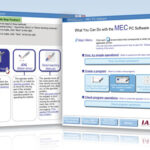The 1968 Washington Quarter stands as an important piece of American numismatic history. Though not as rare or valuable as some earlier or later versions, the 1968 quarter is significant for several reasons: it represents a transitional phase in the evolution of U.S. coinage, reflects the economic conditions of its time, and retains historical importance as part of the long-running Washington Quarter series. This article will delve into the history, design, production changes, and collectibility of the 1968 quarter, highlighting its place in the broader context of U.S. coinage.
Historical Context of the 1968 Quarter
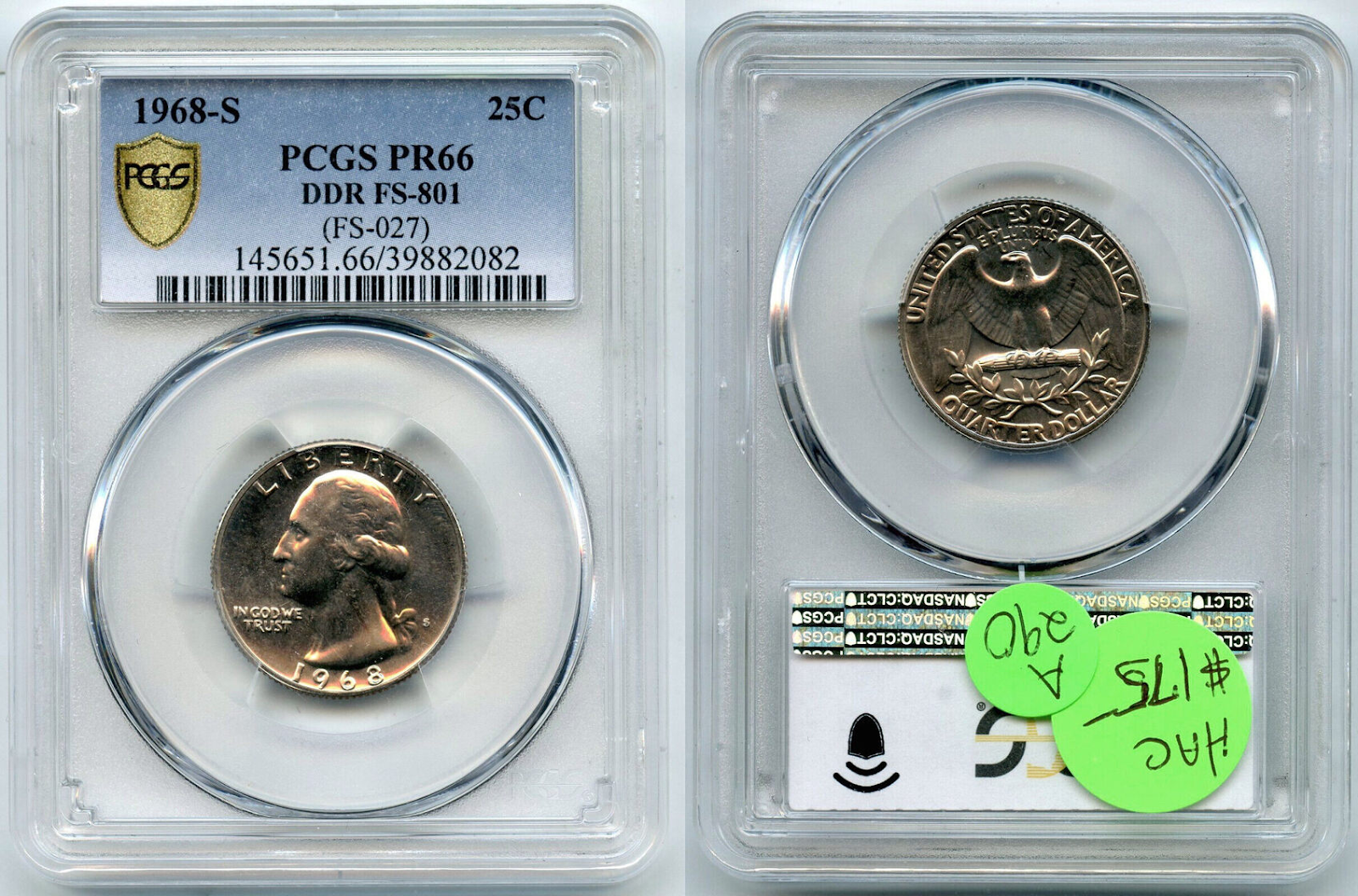
The Washington Quarter was first introduced in 1932, in honor of the 200th anniversary of George Washington’s birth. Designed by sculptor John Flanagan, the quarter’s obverse features a bust of Washington, while the reverse initially depicted a bald eagle with outstretched wings, holding a bundle of arrows in its talons, symbolizing both peace and readiness for defense.
By 1968, the Washington Quarter had been in circulation for over three decades, but the coin and its production process had undergone some significant changes. One of the most notable changes in the history of the Washington Quarter came in 1965, when the United States government decided to remove silver from most circulating coins. The rising price of silver in the early 1960s made it economically unfeasible to continue producing coins with such valuable metal content. As a result, the 90% silver quarters were replaced with a copper-nickel clad composition starting in 1965.
The 1968 quarter is part of this new era of “clad” quarters, marking only the fourth year of circulation since the cessation of silver quarters. It represents a time when the U.S. was adjusting to this significant shift in coin composition, and reflects broader economic factors that influenced the production and use of coins.
Design of the 1968 Washington Quarter
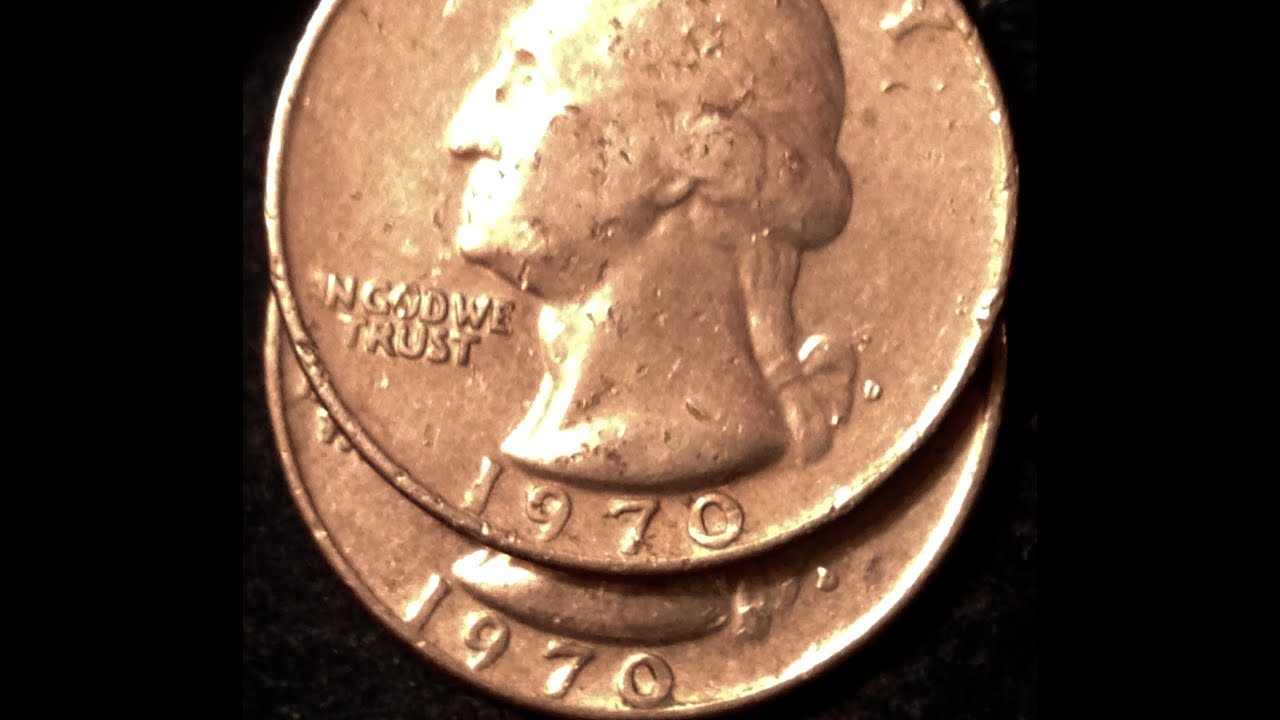
The 1968 Washington Quarter maintained the classic design elements introduced in 1932. The obverse continued to feature John Flanagan’s profile portrait of George Washington. Washington is depicted facing left, with his hair tied back in a queue, symbolizing the Founding Father’s leadership and vision for the country. Above his head is the word “LIBERTY,” and below his chin is the year “1968.” To Washington’s left, the motto “IN GOD WE TRUST” is inscribed, emphasizing the nation’s religious heritage and values.
The reverse design also remained unchanged, with the American eagle perched on a bundle of arrows, symbolizing strength and preparedness. The eagle’s wings are spread wide, signifying liberty and the country’s enduring spirit. Below the eagle is a wreath made of two olive branches, representing peace. Encircling the eagle are the inscriptions “UNITED STATES OF AMERICA” and “QUARTER DOLLAR.”
While the basic design remained constant, the switch to copper-nickel clad composition fundamentally altered the coin’s physical makeup. The 1968 quarter was made of an outer layer of 75% copper and 25% nickel bonded to a core of pure copper, replacing the previous 90% silver and 10% copper alloy used in pre-1965 quarters.
Production and Minting of the 1968 Quarter
The year 1968 was also notable because it marked the return of mint marks to U.S. coins. From 1965 to 1967, the U.S. Mint had removed mint marks from all circulating coins as part of an effort to discourage coin hoarding during a time of silver shortages. Starting in 1968, mint marks once again appeared on quarters and other coins, with the mint mark now located on the obverse side of the coin, just to the right of Washington’s ponytail.
The 1968 quarters were produced at two mints: the Denver Mint (denoted by a “D” mint mark) and the San Francisco Mint (denoted by an “S” mint mark). The Philadelphia Mint also produced quarters, but, as was the custom at the time, coins from Philadelphia did not carry a mint mark.
The Denver Mint produced the largest number of 1968 quarters for circulation, while the San Francisco Mint primarily struck proof versions of the coin for collectors. Proof quarters are specially made coins, characterized by sharp details, high-quality finishes, and a mirror-like surface, and are typically not intended for everyday use. Collectors often seek out proof coins because of their superior quality and limited production.
Collectibility of the 1968 Quarter
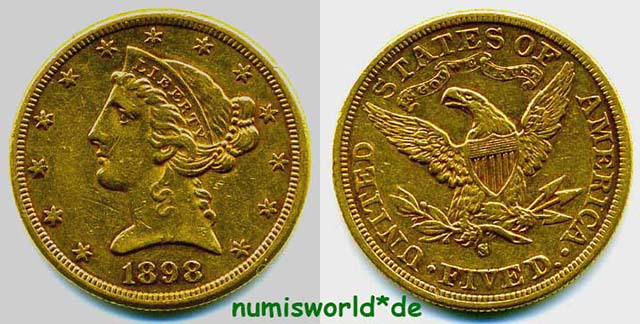
From a numismatic standpoint, the 1968 quarter is not considered particularly rare or valuable, especially the circulating versions produced at the Denver and Philadelphia mints. Millions of these coins were struck and released into circulation, making them fairly common today. As a result, most 1968 quarters found in change or circulation today are worth face value, or slightly more in well-preserved condition.
However, proof versions of the 1968 quarter, particularly those struck at the San Francisco Mint, are much more desirable among collectors. Proof coins are struck using specially prepared dies and planchets, resulting in a higher level of detail and a more polished appearance. A 1968-S proof quarter in pristine condition, graded by a third-party grading service, can fetch a premium, especially if it is in a high grade such as Proof-69 (PR69) or Proof-70 (PR70). These grades indicate near-perfect coins with minimal to no imperfections visible under magnification.
The value of a 1968 quarter can also vary based on its condition. Uncirculated quarters, which have never been used in daily transactions and retain their original mint luster, are more valuable than worn or heavily circulated examples. Coin collectors often use the Sheldon scale to assess a coin’s condition, with grades ranging from Poor (P-1) to Mint State (MS-70), the latter being a flawless coin in perfect condition. An uncirculated 1968 quarter might command a higher price, depending on its grade, demand, and overall rarity.
Significance in U.S. Coinage History
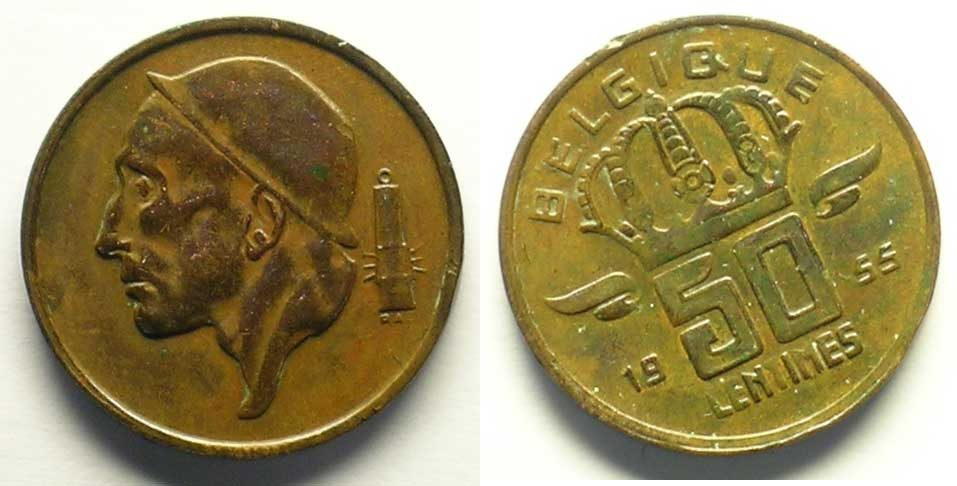
The 1968 quarter represents an important period in American coinage history. By 1968, the U.S. had fully transitioned away from circulating silver coinage, making the copper-nickel clad quarters the new standard. This change reflected broader economic conditions, including rising silver prices and inflation, which made it impractical to continue producing coins with precious metals.
The return of mint marks in 1968 also marked a shift toward transparency in the minting process. The absence of mint marks from 1965 to 1967 had caused some frustration among collectors, who rely on mint marks to differentiate between coins produced at various mints. By restoring mint marks, the U.S. Mint once again allowed collectors to track the origins of their coins and added a level of historical interest to modern coinage.
In a broader sense, the 1968 quarter is part of the Washington Quarter series, which remains one of the most recognizable and enduring coin designs in U.S. history. The series would continue in this form until 1998, when it was replaced by the State Quarters program, which featured unique designs for each of the 50 states. The Washington Quarter’s long run and iconic design have made it a staple of American coinage and a favorite among collectors.
Conclusion
The 1968 quarter is an essential piece of U.S. numismatic history, representing the continued evolution of American coinage during the 20th century. While not particularly rare or valuable in circulated form, it remains significant for its role in the transition from silver to copper-nickel clad coinage, as well as the reintroduction of mint marks after a brief hiatus. For coin collectors, particularly those who collect proof coins, the 1968 quarter offers an opportunity to own a piece of the past, with proof versions from the San Francisco Mint being highly sought after.
Ultimately, the 1968 Washington Quarter serves as a reminder of the ongoing changes in U.S. currency and the broader economic factors that shape the coins we use every day.





